| [1] |
高上凯. 脑机接口的现状与未来[J]. 机器人产业, 2019(5): 38–44. doi: 10.3969/j.issn.2096-0182.2019.05.007GAO Shangkai. Current situation and future of BCI[J]. Robot Industry, 2019(5): 38–44. doi: 10.3969/j.issn.2096-0182.2019.05.007
|
| [2] |
LEE J, LEUNG V, LEE A H, et al. Neural recording and stimulation using wireless networks of microimplants[J]. Nature Electronics, 2021, 4(8): 604–614. doi: 10.1038/s41928-021-00631-8
|
| [3] |
AFANASENKAU D, KALININA D, LYAKHOVETSKII V, et al. Rapid prototyping of soft bioelectronic implants for use as neuromuscular interfaces[J]. Nature Biomedical Engineering, 2020, 4(10): 1010–1022. doi: 10.1038/s41551-020-00615-7
|
| [4] |
SANI O G, ABBASPOURAZAD H, WONG Y T, et al. Modeling behaviorally relevant neural dynamics enabled by preferential subspace identification[J]. Nature Neuroscience, 2021, 24(1): 140–149. doi: 10.1038/s41593-020-00733-0
|
| [5] |
罗志增, 鲁先举, 周莹. 基于脑功能网络和样本熵的脑电信号特征提取[J]. 电子与信息学报, 2021, 43(2): 412–418. doi: 10.11999/JEIT191015LUO Zhizeng, LU Xianju, and ZHOU Ying. EEG feature extraction based on brain function network and sample entropy[J]. Journal of Electronics &Information Technology, 2021, 43(2): 412–418. doi: 10.11999/JEIT191015
|
| [6] |
徐宝国, 宋爱国, 费树岷. 在线脑机接口中脑电信号的特征提取与分类方法[J]. 电子学报, 2011, 39(5): 1025–1030.XU Baoguo, SONG Aiguo, and FEI Shumin. Feature extraction and classification of EEG in online brain-computer interface[J]. Acta Electronica Sinica, 2011, 39(5): 1025–1030.
|
| [7] |
吴明权, 李海峰, 马琳. 单通道脑电信号中眼电干扰的自动分离方法[J]. 电子与信息学报, 2015, 37(2): 367–372. doi: 10.11999/JEIT140602WU Mingquan, LI Haifeng, and MA Lin. Automatic electrooculogram separation method for single channel electroencephalogram signals[J]. Journal of Electronics &Information Technology, 2015, 37(2): 367–372. doi: 10.11999/JEIT140602
|
| [8] |
高诺, 张慧, 高志栋, 等. 基于脑机接口技术的上下肢康复系统研究[J]. 生物医学工程研究, 2021, 40(2): 166–171. doi: 10.19529/j.cnki.1672-6278.2021.02.11GAO Nuo, ZHANG Hui, GAO Zhidong, et al. Research on upper and lower limb rehabilitation system based on brain - computer interface technology[J]. Journal of Biomedical Engineering Research, 2021, 40(2): 166–171. doi: 10.19529/j.cnki.1672-6278.2021.02.11
|
| [9] |
LI Hongqi, BI Luzheng, and YI Jingang. Sliding-mode nonlinear predictive control of brain-controlled mobile robots[J]. IEEE Transactions on Cybernetics, 2020: 1–3. doi: 10.1109/TCYB.2020.3031667
|
| [10] |
WILLETT F R, AVANSINO D T, HOCHBERG L R, et al. High-performance brain-to-text communication via handwriting[J]. Nature, 2021, 593(7858): 249–254. doi: 10.1038/s41586-021-03506-2
|
| [11] |
MOSES D A, METZGER S L, LIU J R, et al. Neuroprosthesis for decoding speech in a paralyzed person with anarthria[J]. New England Journal of Medicine, 2021, 385(3): 217–227. doi: 10.1056/NEJMoa2027540
|
| [12] |
杨俊, 马正敏, 沈韬, 等. 基于深度时空特征融合的多通道运动想象EEG解码方法[J]. 电子与信息学报, 2021, 43(1): 196–203. doi: 10.11999/JEIT190300YANG Jun, MA Zhengmin, SHEN Tao, et al. Multichannel MI-EEG feature decoding based on deep learning[J]. Journal of Electronics &Information Technology, 2021, 43(1): 196–203. doi: 10.11999/JEIT190300
|
| [13] |
徐光华, 张锋, 王晶, 等. 面向智能轮椅脑机导航的高频组合编码稳态视觉诱发电位技术研究[J]. 机械工程学报, 2013, 49(6): 21–29. doi: 10.3901/JME.2013.06.021XU Guanghua, ZHANG Feng, WANG Jing, et al. Research on key technology on time series combination coding-based high-frequency SSVEP in intelligent wheelchair BCI navigation[J]. Journal of Mechanical Engineering, 2013, 49(6): 21–29. doi: 10.3901/JME.2013.06.021
|
| [14] |
李佳宁, 蒲江波, 崔红岩, 等. 基于体感电刺激诱发P300的脑机接口[J]. 仪器仪表学报, 2017, 38(6): 1353–1360. doi: 10.19650/j.cnki.cjsi.2017.06.006LI Jianing, PU Jiangbo, CUI Hongyan, et al. Electrical somatosensory based P300 for a brain-computer interface system[J]. Chinese Journal of Scientific Instrument, 2017, 38(6): 1353–1360. doi: 10.19650/j.cnki.cjsi.2017.06.006
|
| [15] |
潘家辉. 基于P300和SSVEP的高性能脑机接口及其应用研究[D]. [博士论文], 华南理工大学, 2014.PAN Jiahui. A study on P300 and SSVEP-based high-performance brain-computer interface and its application[D]. [Ph. D. dissertation], South China University of Technology, 2014.
|
| [16] |
YADAV D, YADAV S, and VEER K. A comprehensive assessment of Brain Computer Interfaces: Recent trends and challenges[J]. Journal of Neuroscience Methods, 2020, 346: 108918. doi: 10.1016/j.jneumeth.2020.108918
|
| [17] |
CECOTTI H. A self-paced and calibration-less SSVEP-based brain–computer interface speller[J]. IEEE Transactions on Neural Systems and Rehabilitation Engineering, 2010, 18(2): 127–133. doi: 10.1109/TNSRE.2009.2039594
|
| [18] |
WU Zhenghua, LAI Yongxiu, XIA Yang, et al. Stimulator selection in SSVEP-based BCI[J]. Medical Engineering & Physics, 2008, 30(8): 1079–1088. doi: 10.1016/j.medengphy.2008.01.004
|
| [19] |
ZHU Danhua, BIEGER J, MOLINA G G, et al. A survey of stimulation methods used in SSVEP-based BCIs[J]. Computational Intelligence and Neuroscience, 2010, 2010: 702357. doi: 10.1155/2010/702357
|
| [20] |
LALOR E C, KELLY S P, FINUCANE C, et al. Steady-state VEP-based brain-computer interface control in an immersive 3D gaming environment[J]. EURASIP Journal on Advances in Signal Processing, 2005, 2005(19): 706906. doi: 10.1155/ASP.2005.3156
|
| [21] |
LBONNET. SSVEP: Steady-state visual-evoked potentials[EB/OL]. http://openvibe.inria.fr/steady-state-visual-evoked-potentials. 2021.
|
| [22] |
HWANG H J, LIM J H, JUNG Y J, et al. Development of an SSVEP-based BCI spelling system adopting a QWERTY-style LED keyboard[J]. Journal of Neuroscience Methods, 2012, 208(1): 59–65. doi: 10.1016/j.jneumeth.2012.04.011
|
| [23] |
LEGÉNY J, VICIANA-ABAD R, and LÉCUYER A. Toward contextual SSVEP-based BCI controller: Smart activation of stimuli and control weighting[J]. IEEE Transactions on Computational Intelligence and AI in Games, 2013, 5(2): 111–116. doi: 10.1109/TCIAIG.2013.2252348
|
| [24] |
MARTINEZ P, BAKARDJIAN H, and CICHOCKI A. Fully online multicommand brain-computer interface with visual neurofeedback using SSVEP paradigm[J]. Computational Intelligence and Neuroscience, 2007, 2007: 094561. doi: 10.1155/2007/94561
|
| [25] |
MAHMOOD M, MZURIKWAO D, KIM Y S, et al. Fully portable and wireless universal brain–machine interfaces enabled by flexible scalp electronics and deep learning algorithm[J]. Nature Machine Intelligence, 2019, 1(9): 412–422. doi: 10.1038/s42256-019-0091-7
|
| [26] |
任泓锦, 张超, 伏云发. 影响单眼SSVEP控制的视力因素研究[J]. 四川师范大学学报:自然科学版, 2021, 44(3): 419–426. doi: 10.3969/j.issn.1001-8395.2021.03.017REN Hongjin, ZHANG Chao, and FU Yunfa. Study on the factors influencing the visual control of single eye SSVEP cooperatively controlling[J]. Journal of Sichuan Normal University:Natural Science, 2021, 44(3): 419–426. doi: 10.3969/j.issn.1001-8395.2021.03.017
|
| [27] |
李鹏海, 许敏鹏, 万柏坤, 等. 视觉诱发电位脑-机接口实验范式研究进展[J]. 仪器仪表学报, 2016, 37(10): 2340–2351. doi: 10.19650/j.cnki.cjsi.2016.10.022LI Penghai, XU Minpeng, WAN Baikun, et al. Review of experimental paradigms in brain-computer interface based on visual evoked potential[J]. Chinese Journal of Scientific Instrument, 2016, 37(10): 2340–2351. doi: 10.19650/j.cnki.cjsi.2016.10.022
|
| [28] |
陈景霞, 郝为, 张鹏伟, 等. RSVP与SSVEP混合脑电信号刺激与多类事件检测[J]. 计算机工程与应用, 2020, 56(15): 132–139. doi: 10.3778/j.issn.1002-8331.1905-0099CHEN Jingxia, HAO Wei, ZHANG Pengwei, et al. RSVP & SSVEP hybrid EEG stimulation and multi-class event detection[J]. Computer Engineering and Applications, 2020, 56(15): 132–139. doi: 10.3778/j.issn.1002-8331.1905-0099
|
| [29] |
NIU Yafeng, ZUO Hongrui, YANG Xin, et al. Improving accuracy of gaze‐control tools: Design recommendations for optimum position, sizes, and spacing of interactive objects[J]. Human Factors and Ergonomics in Manufacturing & Service Industries, 2021, 31(3): 249–269. doi: 10.1002/hfm.20884
|
| [30] |
NG K B, BRADLEY A P, and CUNNINGTON R. Stimulus specificity of a steady-state visual-evoked potential-based brain–computer interface[J]. Journal of Neural Engineering, 2012, 9(3): 036008. doi: 10.1088/1741-2560/9/3/036008
|
| [31] |
RAVI A, PEARCE S, ZHANG Xin, et al. User-specific channel selection method to improve SSVEP BCI decoding robustness against variable inter-stimulus distance[C]. 2019 9th International IEEE/EMBS Conference on Neural Engineering (NER), San Francisco, USA, 2019: 283–286.
|
| [32] |
DUSZYK A, BIERZYŃSKA M, RADZIKOWSKA Z, et al. Towards an optimization of stimulus parameters for brain-computer interfaces based on steady state visual evoked potentials[J]. PLoS One, 2014, 9(11): e112099. doi: 10.1371/journal.pone.0112099
|
| [33] |
RENARD Y, LOTTE F, GIBERT G, et al. OpenViBE: An open-source software platform to design, test, and use brain-computer interfaces in real and virtual environments[J]. Presence:Teleoperators and Virtual Environments, 2010, 19(1): 35–53. doi: 10.1162/pres.19.1.35
|
| [34] |
LI Xiaodong, WANG Xiaojun, WONG Chiman, et al. Influence of stimuli color combination on online SSVEP-based BCI performance[C]. 2019 IEEE International Conference on Computational Intelligence and Virtual Environments for Measurement Systems and Applications, Tianjin, China, 2019: 1–5.
|
| [35] |
ZHANG Yu, MA Hehe, JIN Jing, et al. Adaptive strategy for time window length in SSVEP-based brain-computer interface[C]. International Conference on Mechatronics & Control. Jinzhou, China, 2014: 140–143.
|
| [36] |
BIN Guangyu, GAO Xiaorong, YAN Zheng, et al. An online multi-channel SSVEP-based brain-computer interface using a canonical correlation analysis method[J]. Journal of Neural Engineering, 2009, 6(4): 046002. doi: 10.1088/1741-2560/6/4/046002
|
| [37] |
LYMEX. 人眼视觉特性(HVS)[EB/OL]. http://www.360doc.com/content/14/1126/14/20100466_428221946.shtml, 2021.
|
| [38] |
TROTT P, PEARCY M, RUSTON S, et al. Three-dimensional analysis of active cervical motion: the effect of age and gender[J]. Clinical Biomechanics, 1996, 11(4): 201–206. doi: 10.1016/0268-0033(95)00072-0
|
| [39] |
ZAMBALDE E P, JABLONSKI G, DE ALMEIDA M B, et al. Evaluation of the target positioning in a SSVEP-BCI[C]. XXVI Brazilian Congress on Biomedical Engineering, Armação de Buzios, Brazil, 2019: 581–587.
|
| [40] |
ISO. ISO 9241–210: 2010 Ergonomics of human-system interaction- Part 210: Human-centred design for interactive systems[S]. 2010.
|
| [41] |
瞿珏, 朱帅, 王崴, 等. 自适应界面视觉搜索认知特性研究[J]. 电子学报, 2021, 49(2): 338–345. doi: 10.12263/DZXB.20190286QU Jue, ZHU Shuai, WANG Wei, et al. Research on visual search cognitive characteristics of adaptive interface[J]. Acta Electronica Sinica, 2021, 49(2): 338–345. doi: 10.12263/DZXB.20190286
|
| [42] |
吴晓莉, 薛澄岐, GEDEON T, 等. 数字化监控任务界面中信息特征的视觉搜索实验[J]. 东南大学学报:自然科学版, 2018, 48(5): 807–814. doi: 10.3969/j.issn.1001-0505.2018.05.005WU Xiaoli, XUE Chengqi, GEDEON T, et al. Visual search on information features on digital task monitoring interface[J]. Journal of Southeast University:Natural Science Edition, 2018, 48(5): 807–814. doi: 10.3969/j.issn.1001-0505.2018.05.005
|
| [43] |
CHEN Yonghao, YANG Chen, YE Xiaochen, et al. Implementing a calibration-free SSVEP-based BCI system with 160 targets[J]. Journal of Neural Engineering, 2021, 18(4): 046094. doi: 10.1088/1741-2552/ac0bfa
|





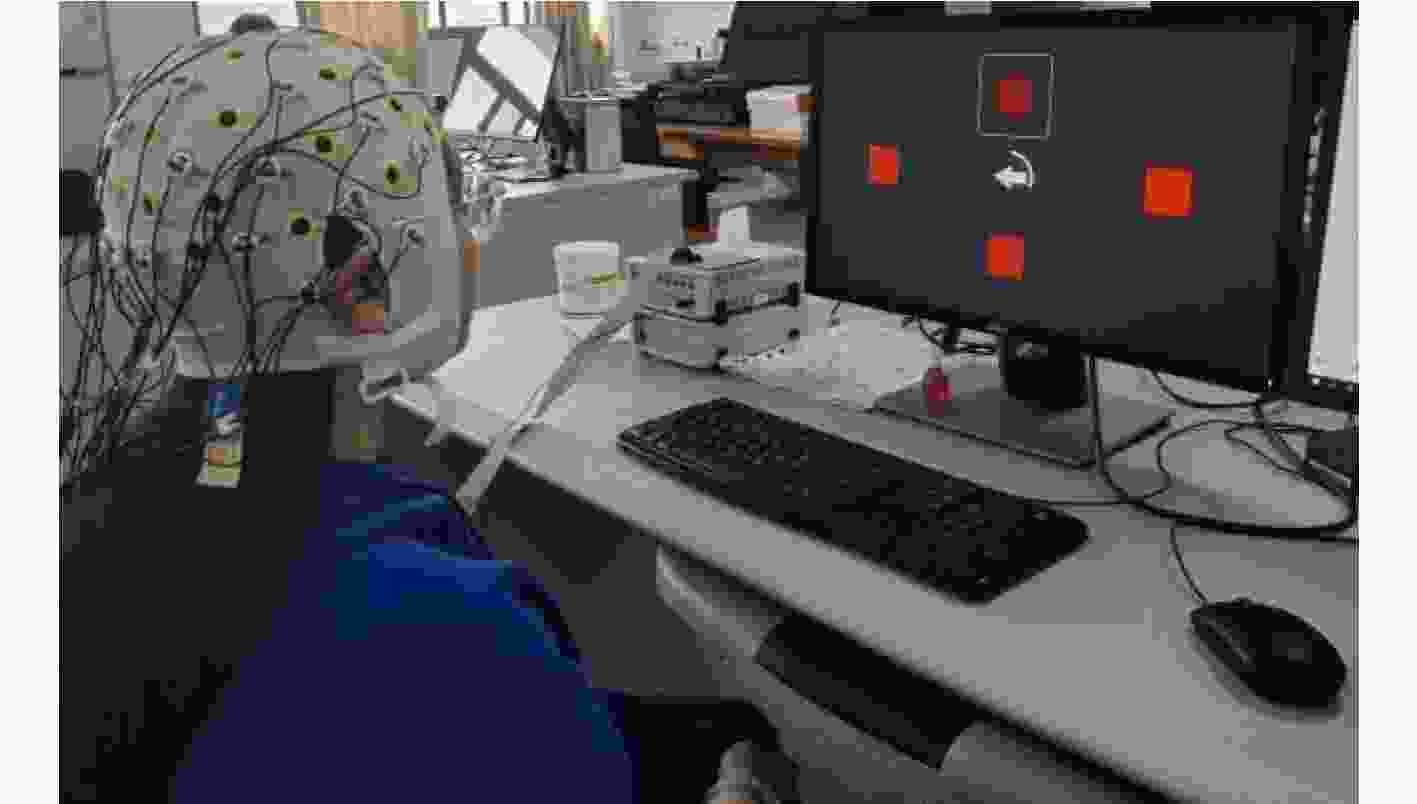
 下载:
下载:
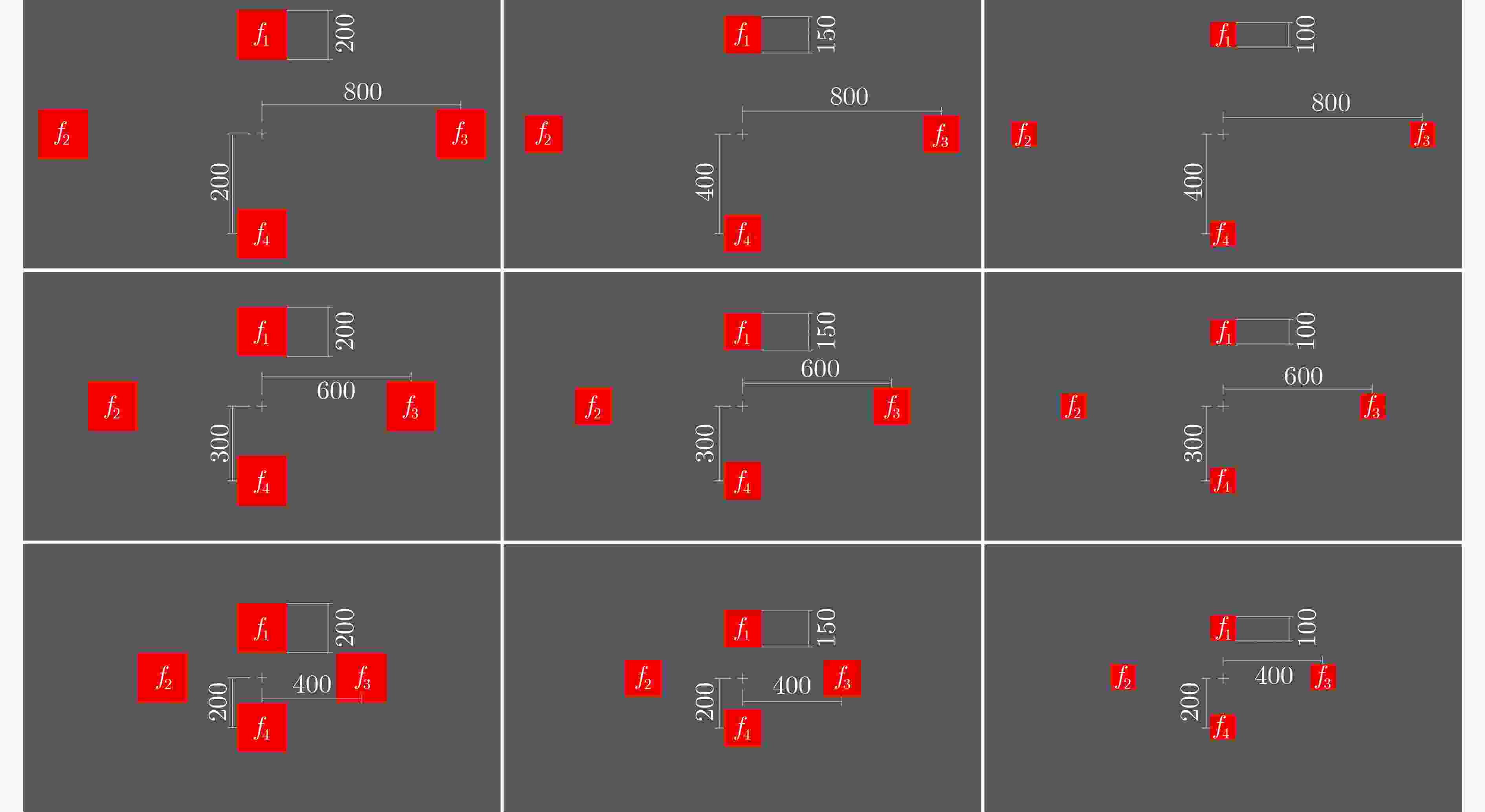
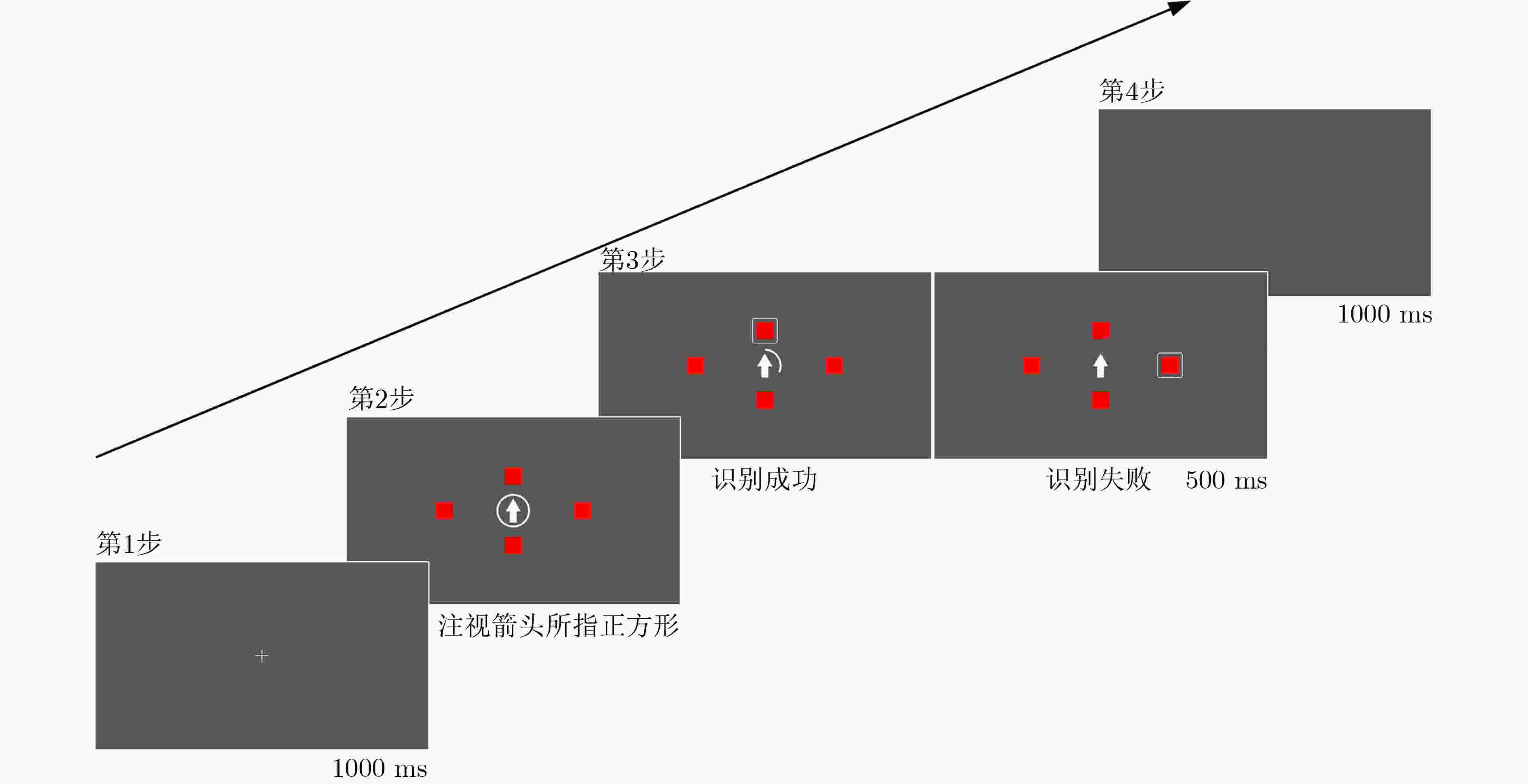
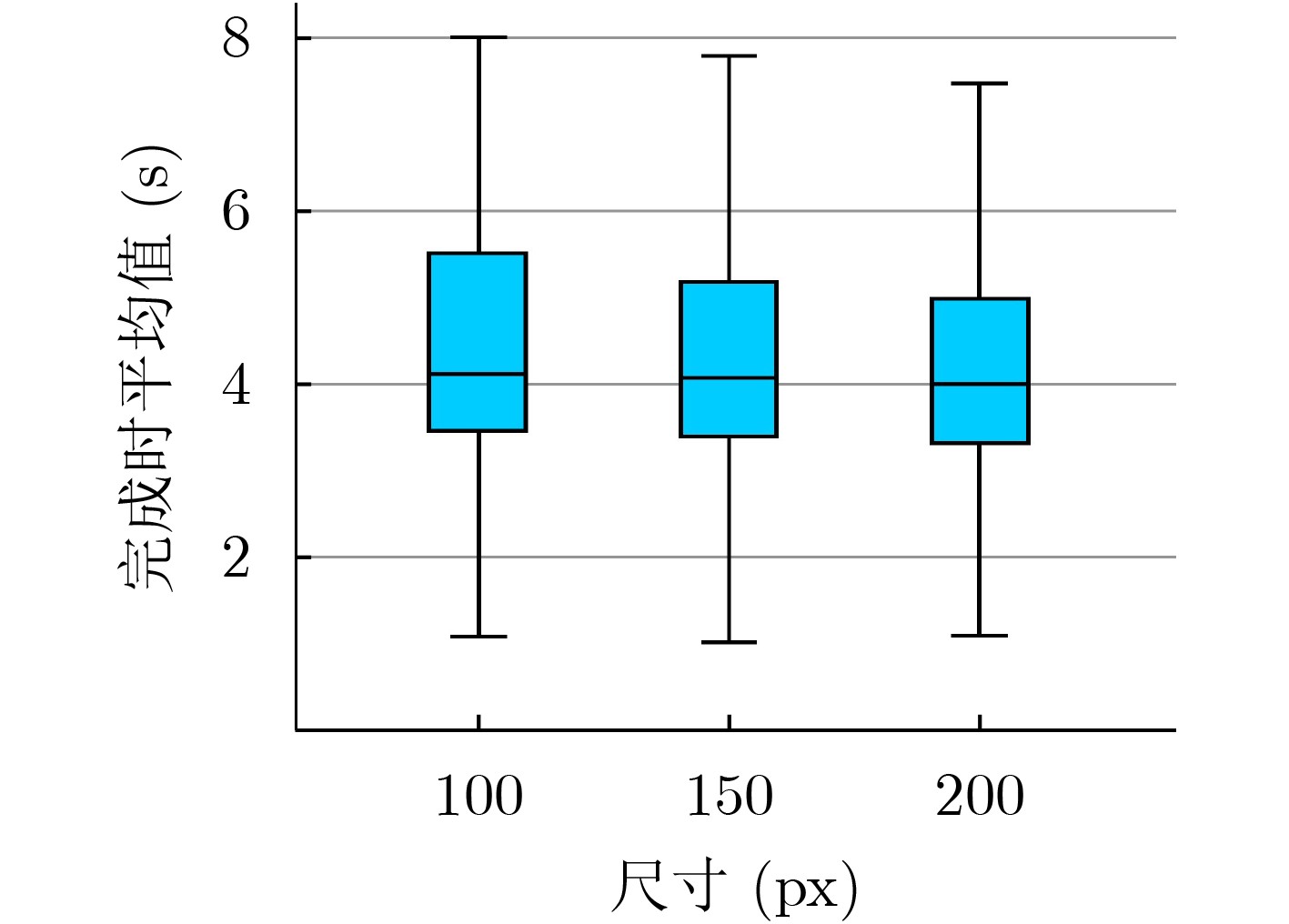
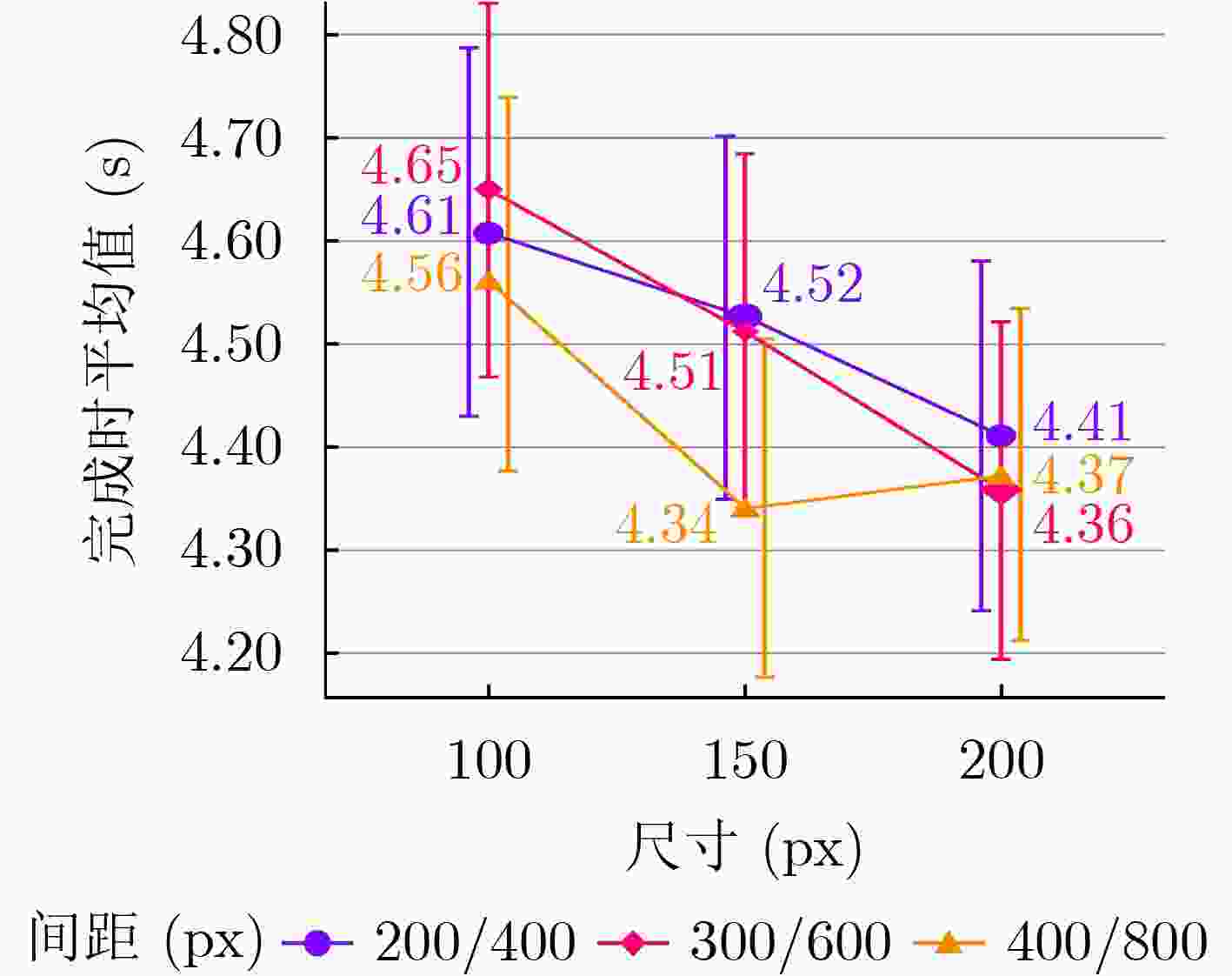
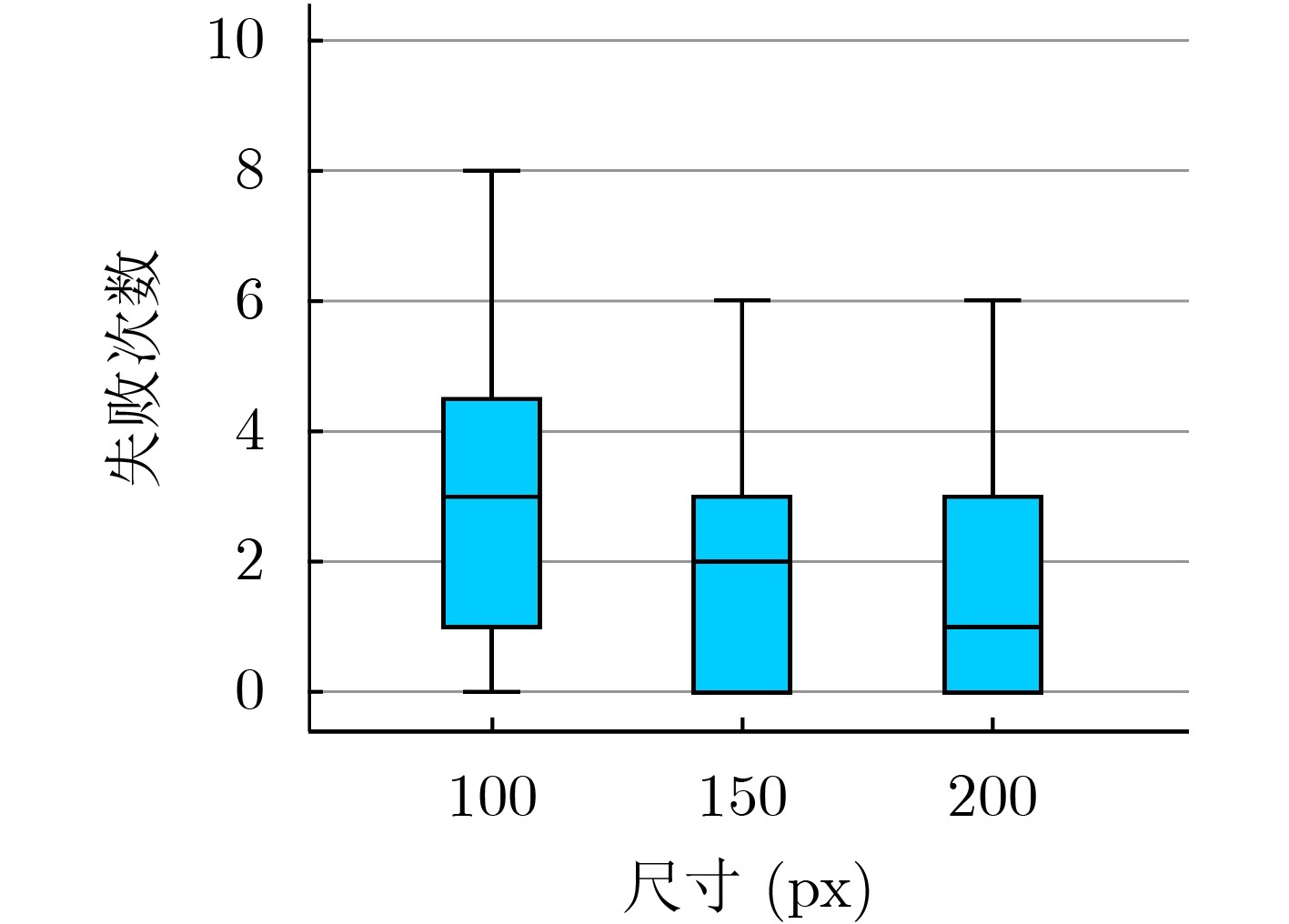
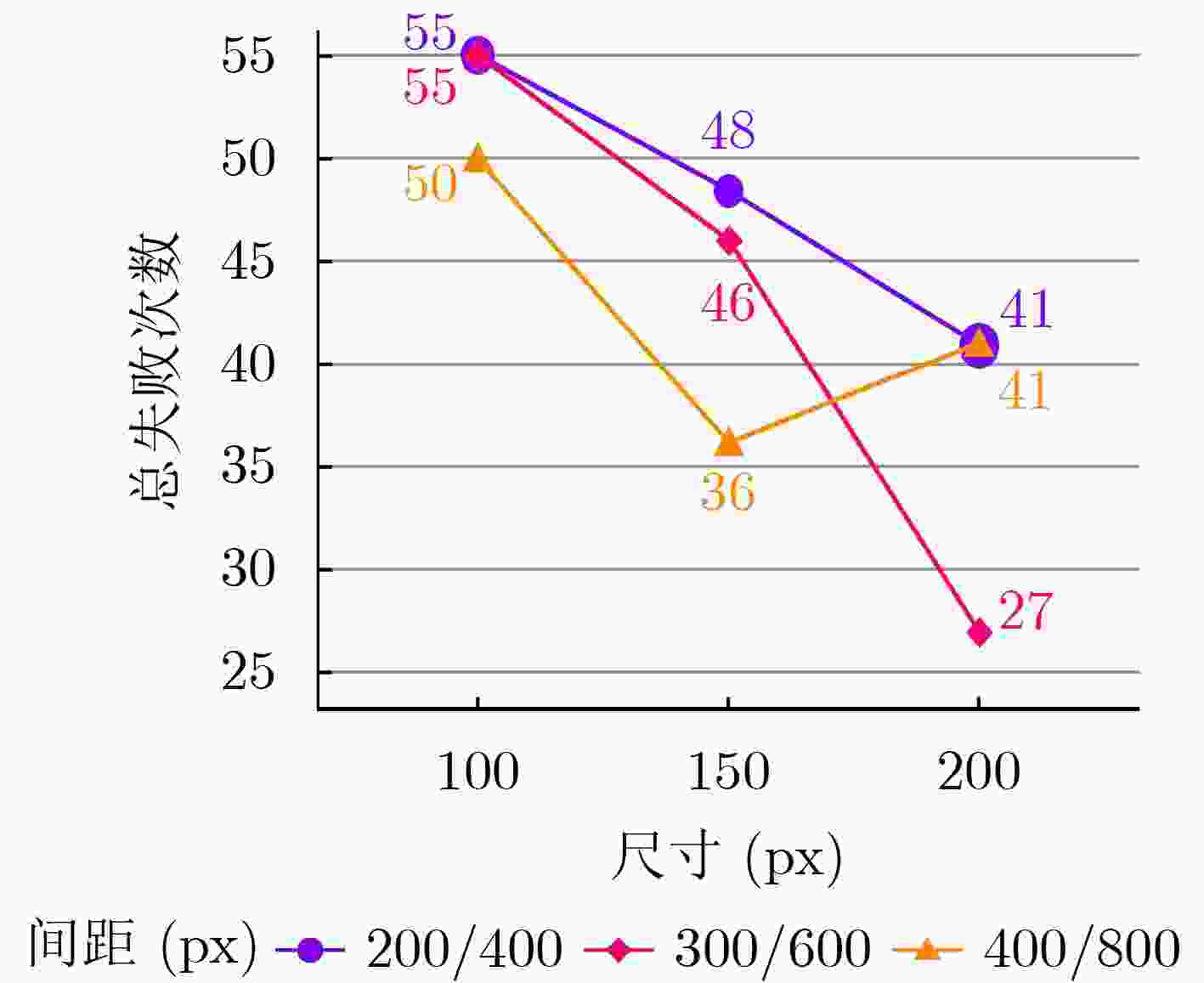
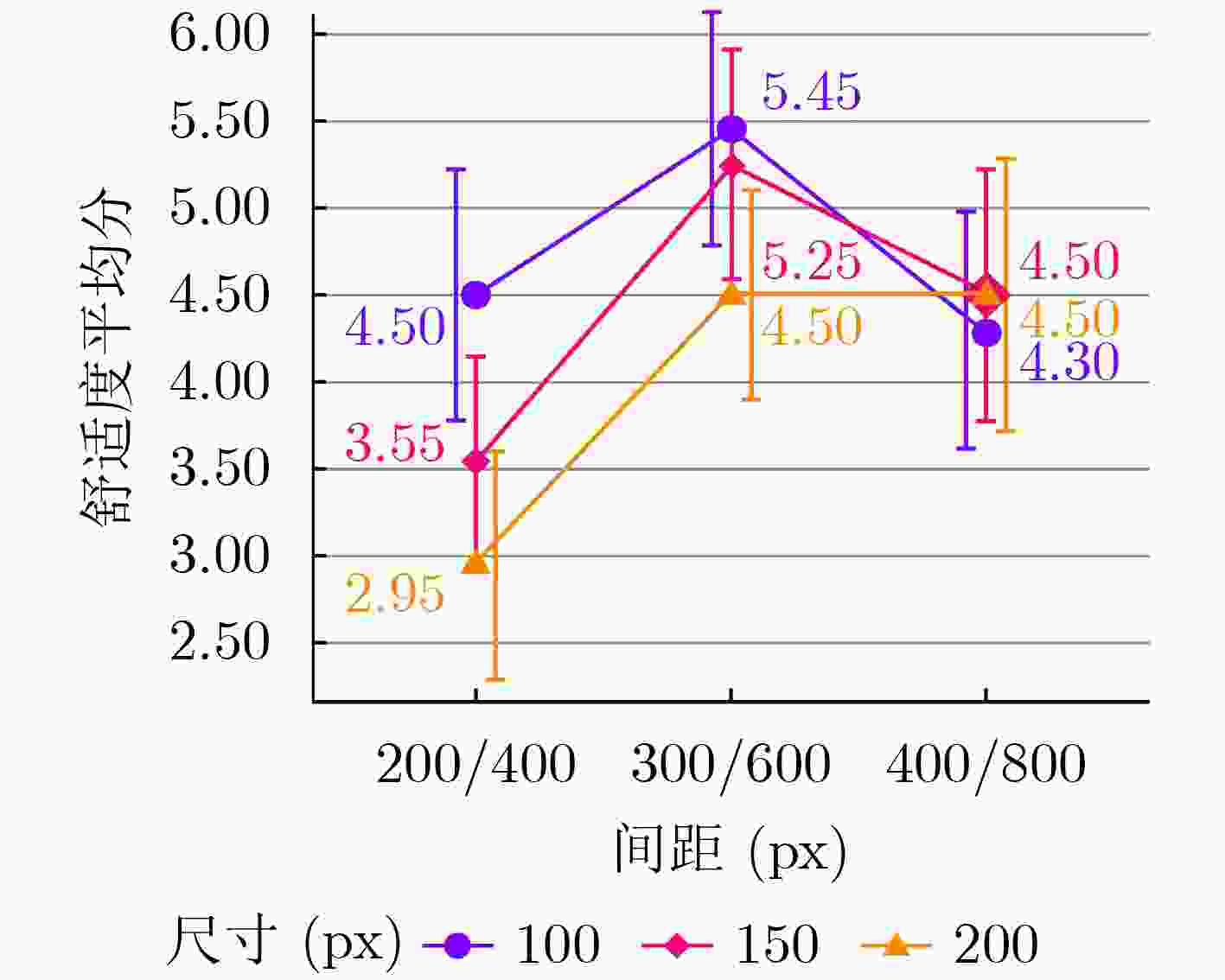
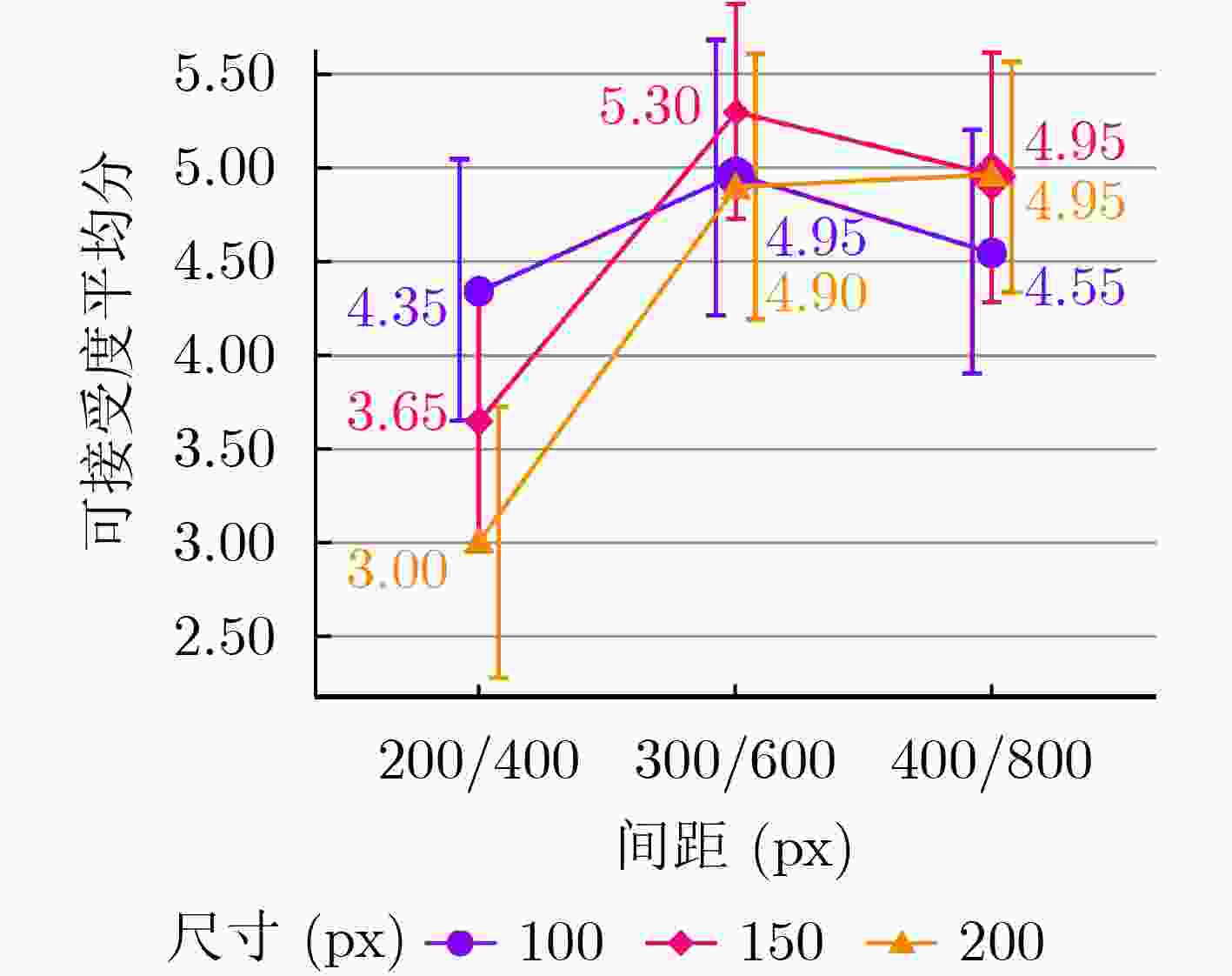
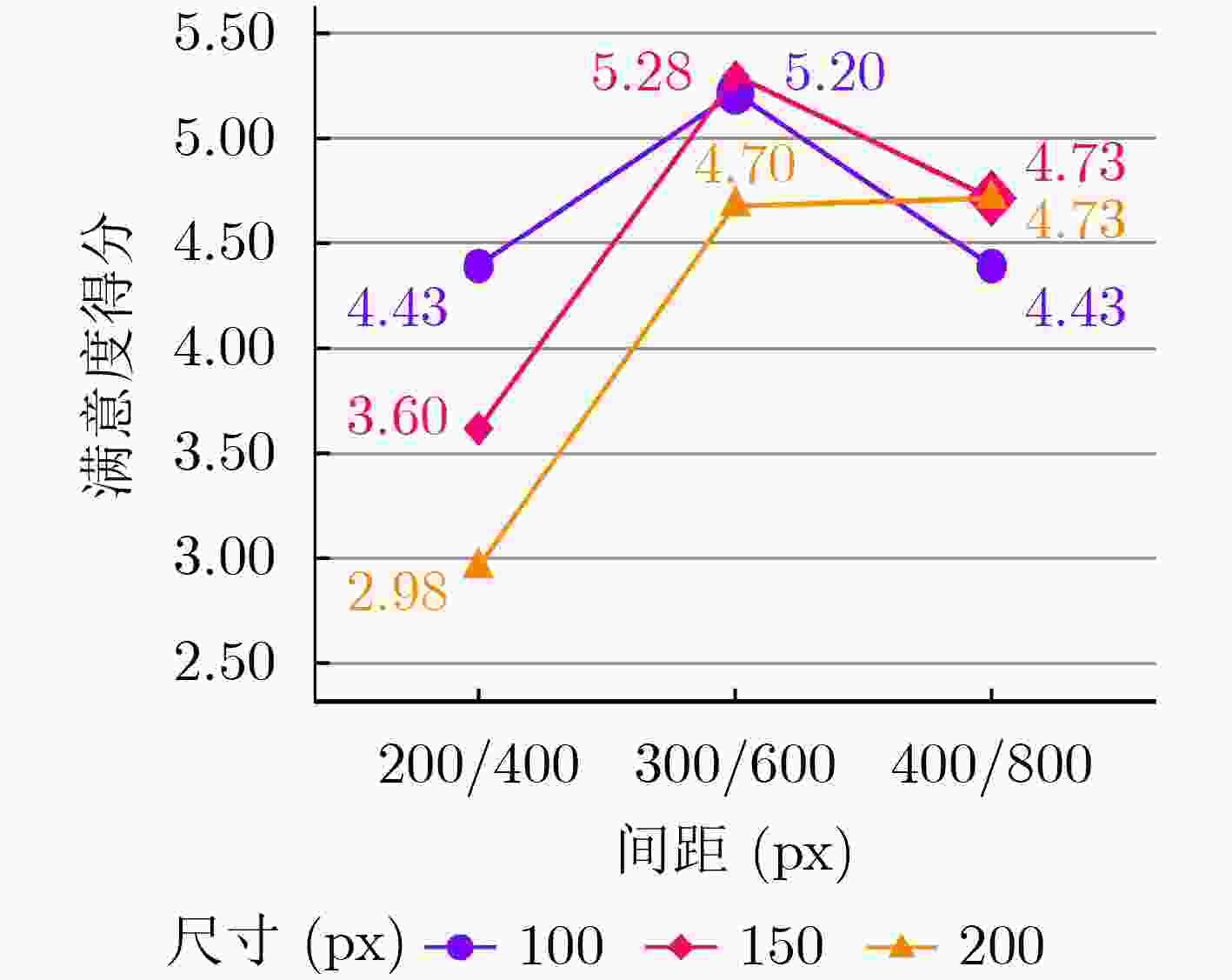


 下载:
下载:
